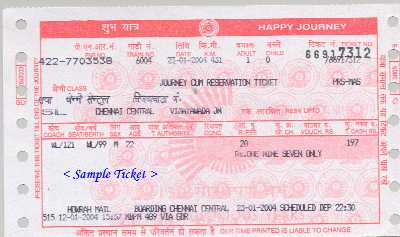
Railways pays dividend to the Central Government for the capital invested by the Central Government.
As per the Separation Convention (on the recommendations of the Acworth Committee), 1924, the Railway Budget is presented to the Parliament by the Union Railway Minister, two days prior to the General Budget, usually around 26 February. Though the Railway Budget is separately presented to the Parliament, the figures relating to the receipt and expenditure of the Railways are also shown in the General Budget, since they are a part and parcel of the total receipts and expenditure of the Government of India. This document serves as a balance sheet of operations of the Railways during the previous year and lists out plans for expansion for the current year.
The formation of policy and overall control of the railways is vested in Railway Board, comprising the Chairman, the Financial Commissioner and other functional members of Traffic, Engineering, Mechanical, Electrical and Staff departments.
Indian Railways, which a few years ago was operating at a loss, has, in recent years, been generating positive cash flows and been meeting its dividend obligations to the government, with (unaudited) operating profits going up substantially. The railway reported a cash surplus of INR 9000 cr in 2005, INR 14000 cr in 2006, INR 20,000 cr in 2007 and INR 25,000 cr for the 2007-2008 fiscal year. Its operating ratio improved to 76% while, in the last four years, its plan size increased from INR 13,000 cr to INR 30,000 cr. The proposed investment for the 2008-2009 fiscal year is INR 37,500 cr, 21% more than for the previous fiscal year. Budget Estimates-2008 for Freight, Passenger, Sundry other Earnings and other Coaching Earnings have been kept at INR 52,700 cr, INR 21,681 cr, INR 5,000 cr and INR 2,420 cr respectively. Maintaining an overall double digit growth, Gross Traffic Earnings have been projected as INR 93,159 crore in 2009-10 (19.1 billion USD at current rate), exceeding the revised estimates for the current fiscal by INR 10,766 crore.Around 20% of the passenger revenue is earned from the upper class segments of the passenger segment (the air-conditioned classes).
The Sixth Pay Commission was constituted by the Government of India in 2005 to review the pay structure of government employees, and submitted its recommendations in April 2008. Based on its recommendations, the salaries of all Railways officers and staff were to be revised with retrospective effect w.e.f. January 1, 2006, resulting in an expenditure of over Rs. 13000 crore in 2008-09 and Rs. 14000 crore in 2009-10. Consequently, staff costs have risen from 44% of ordinary working expenses to 52%.

No comments:
Post a Comment